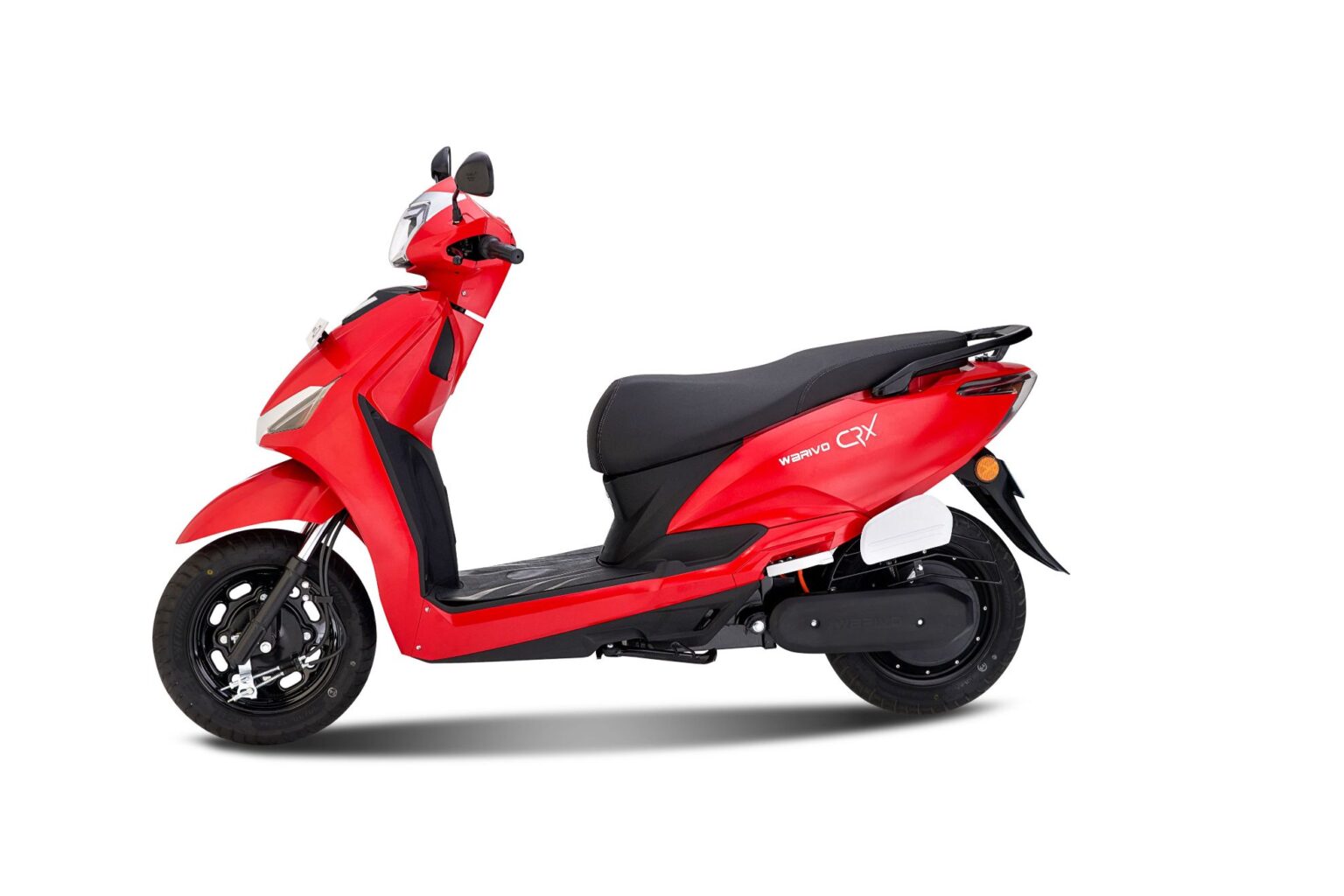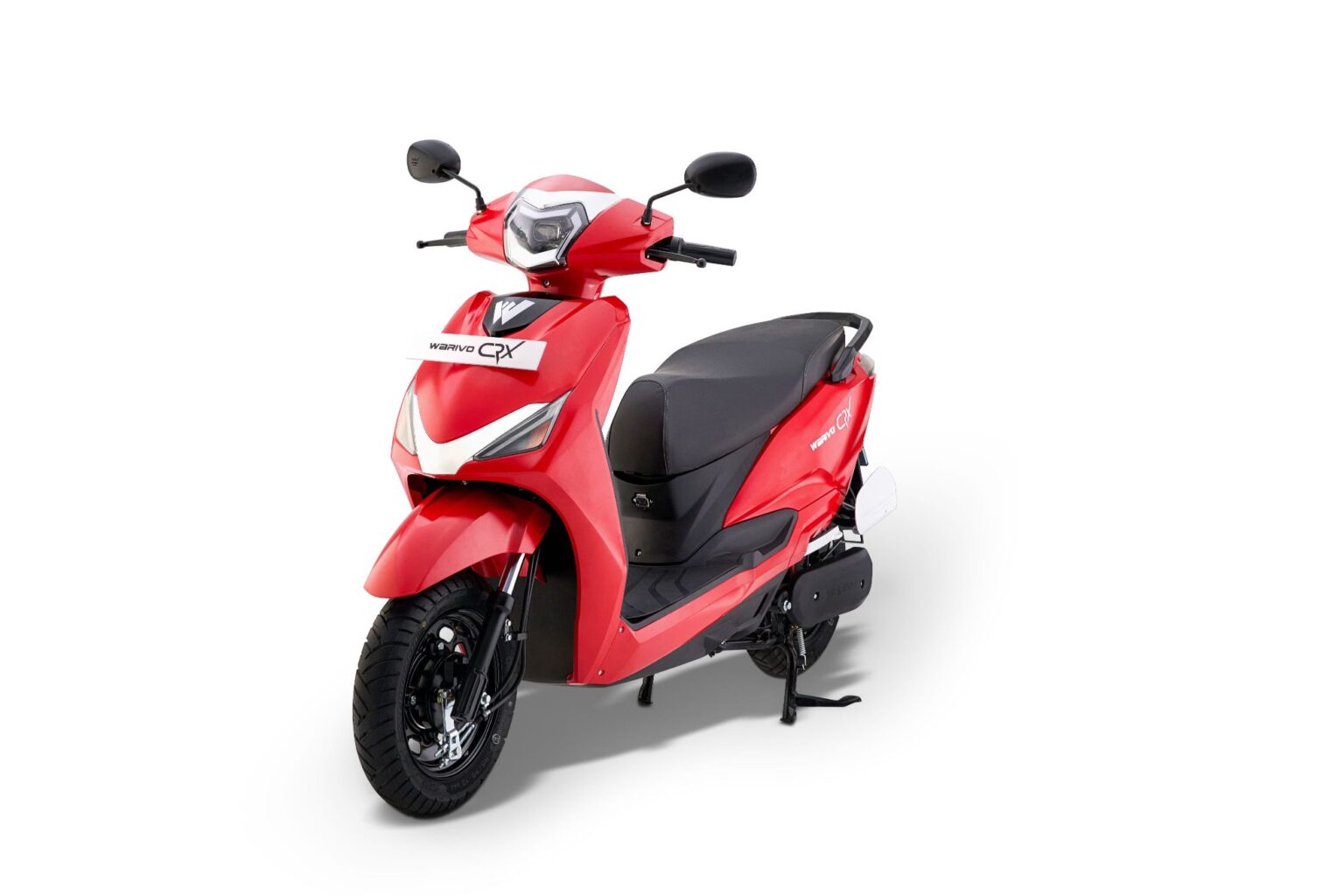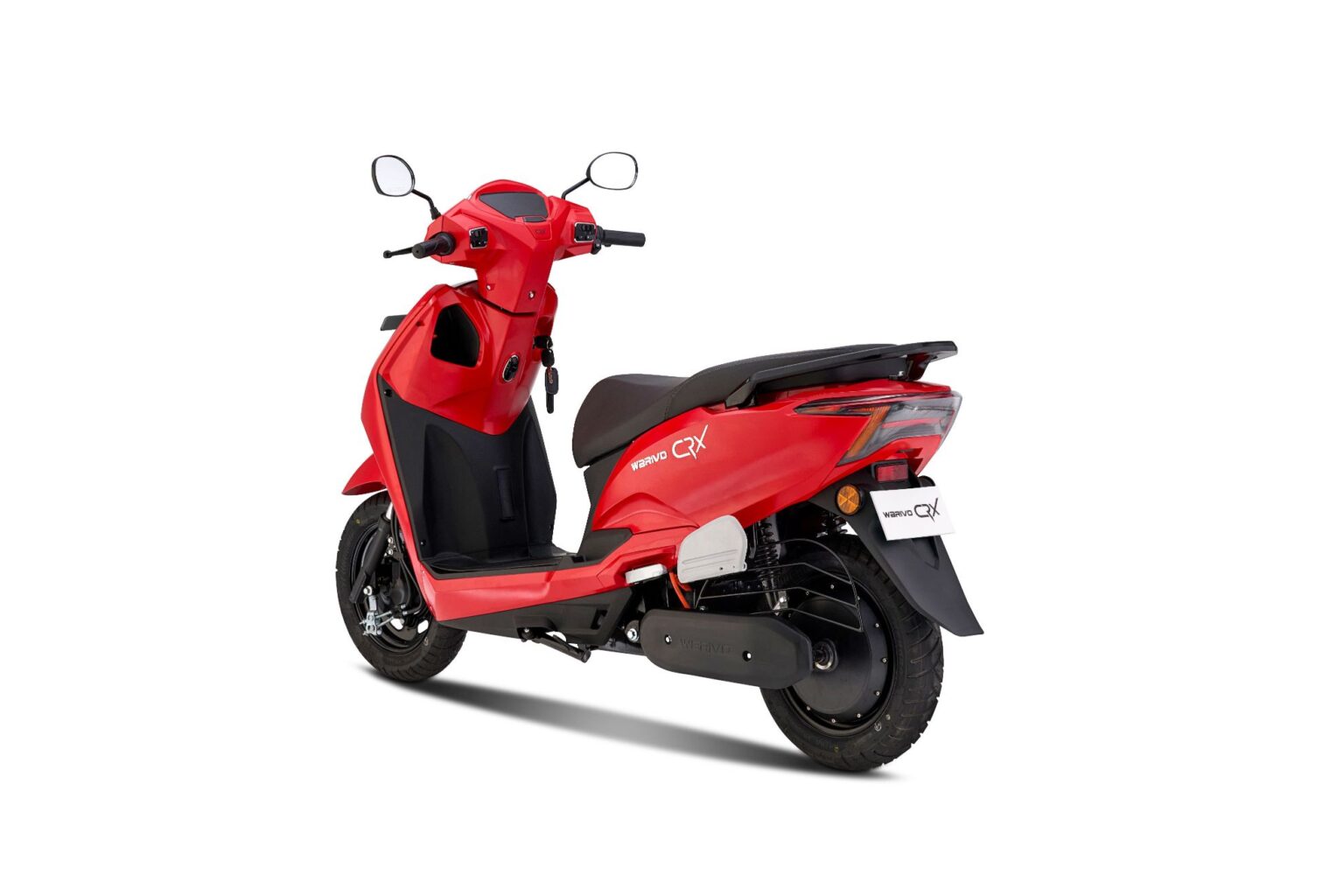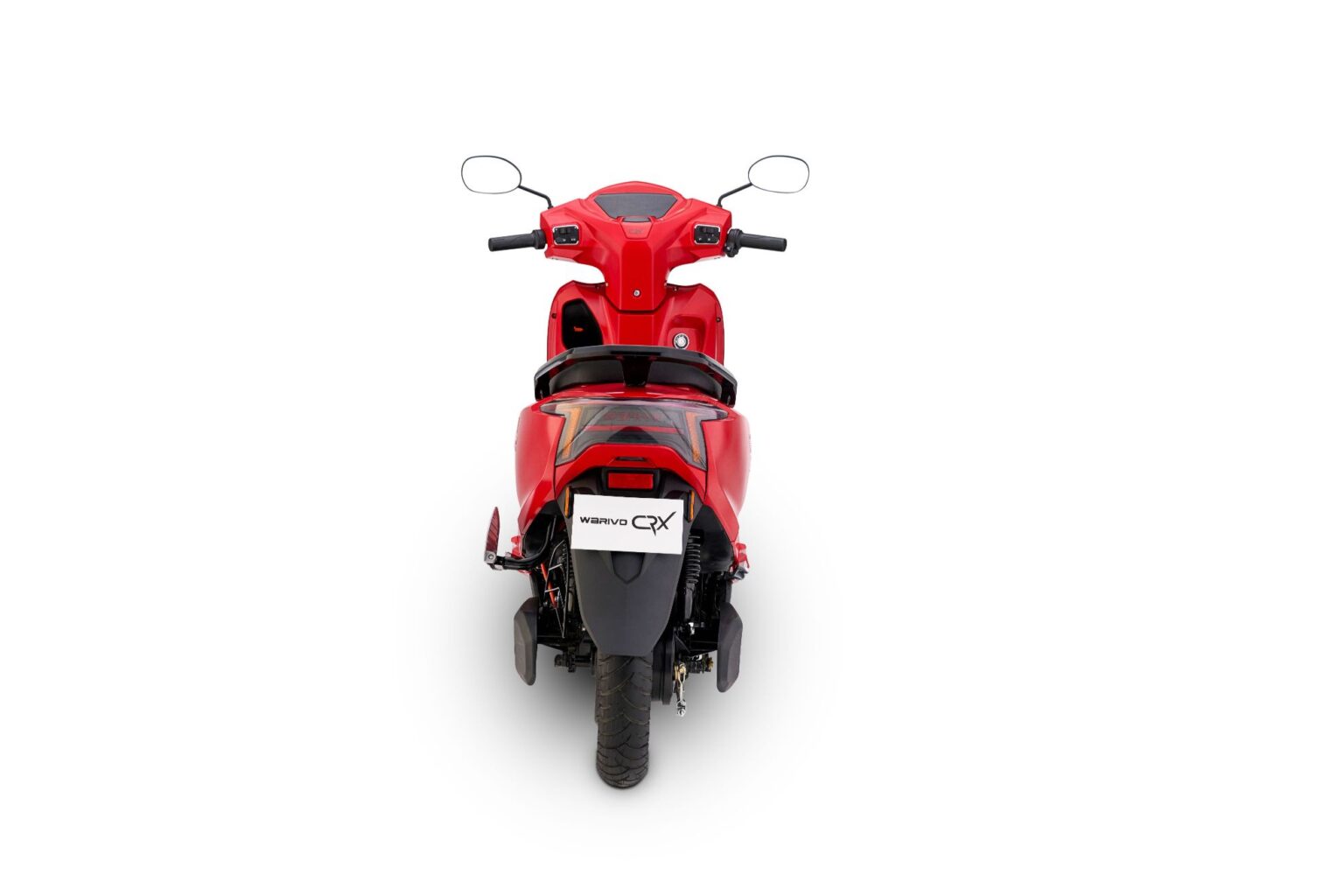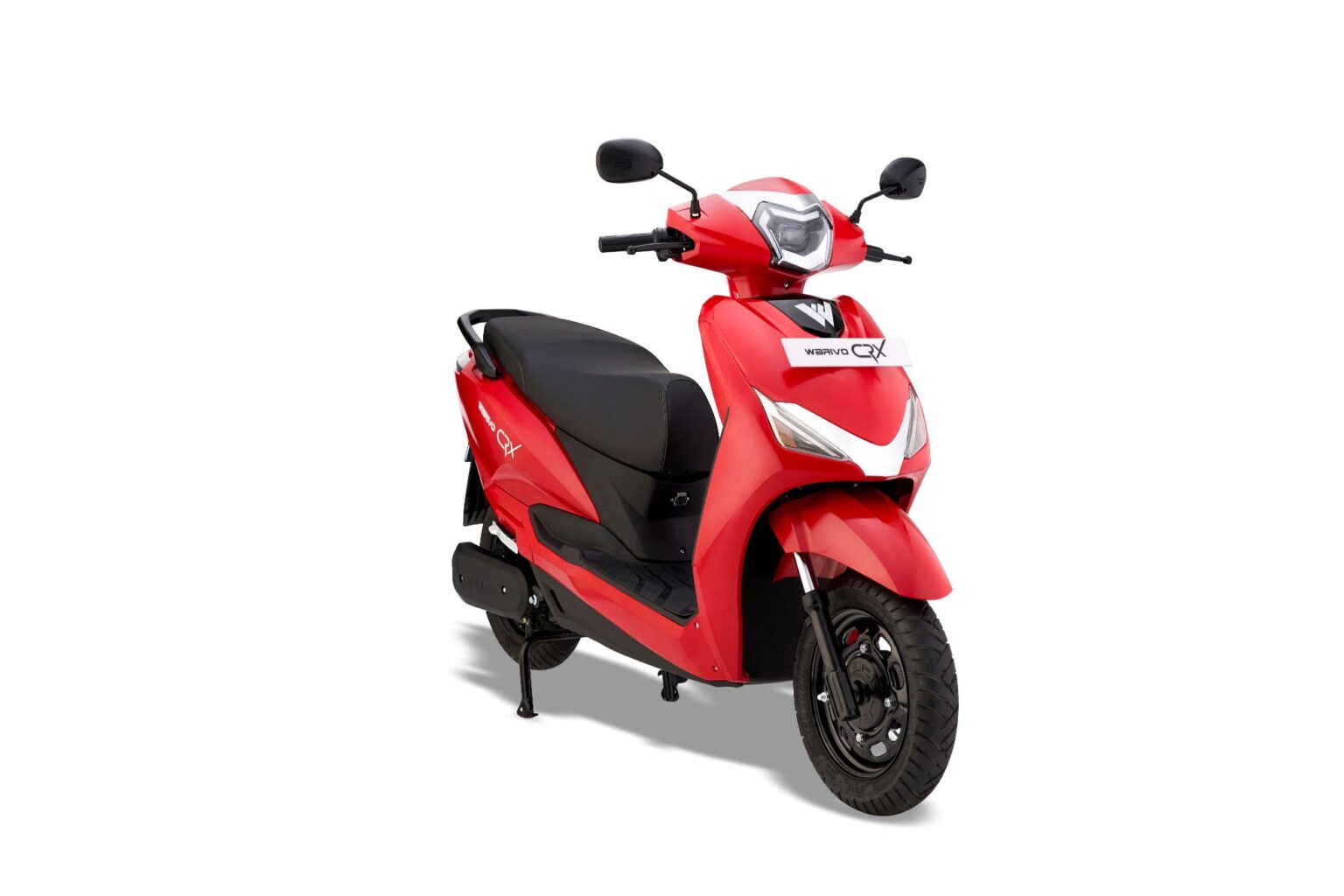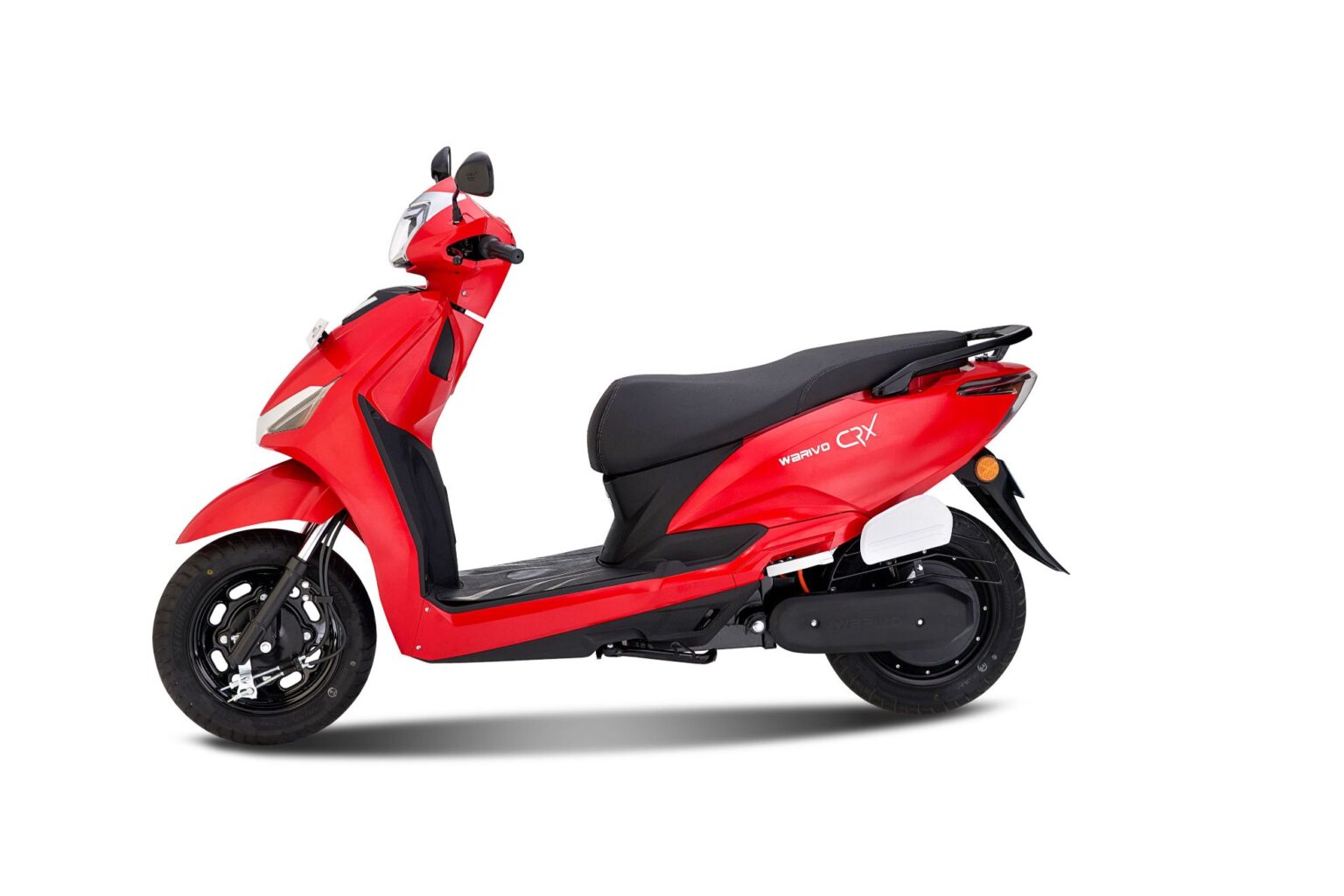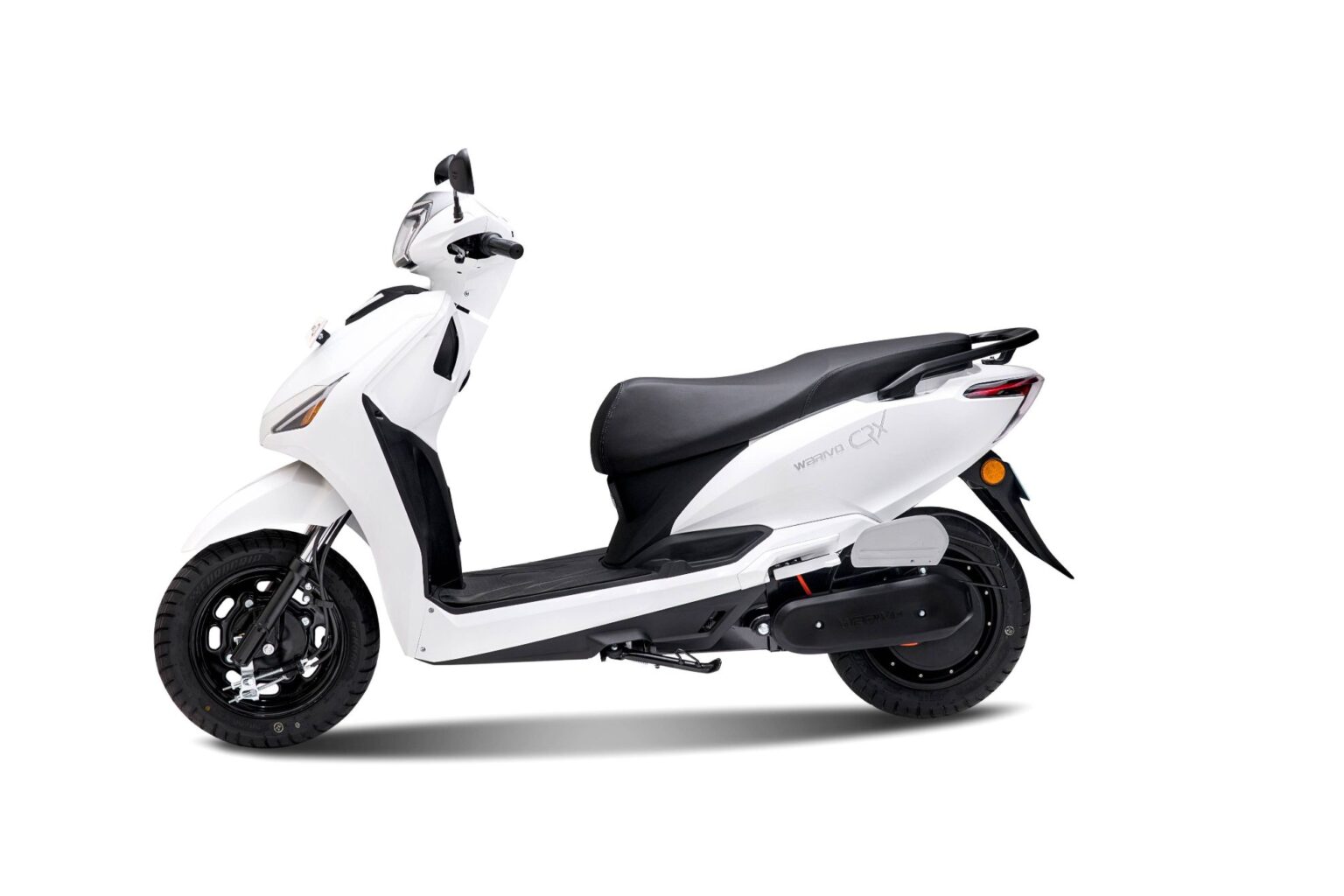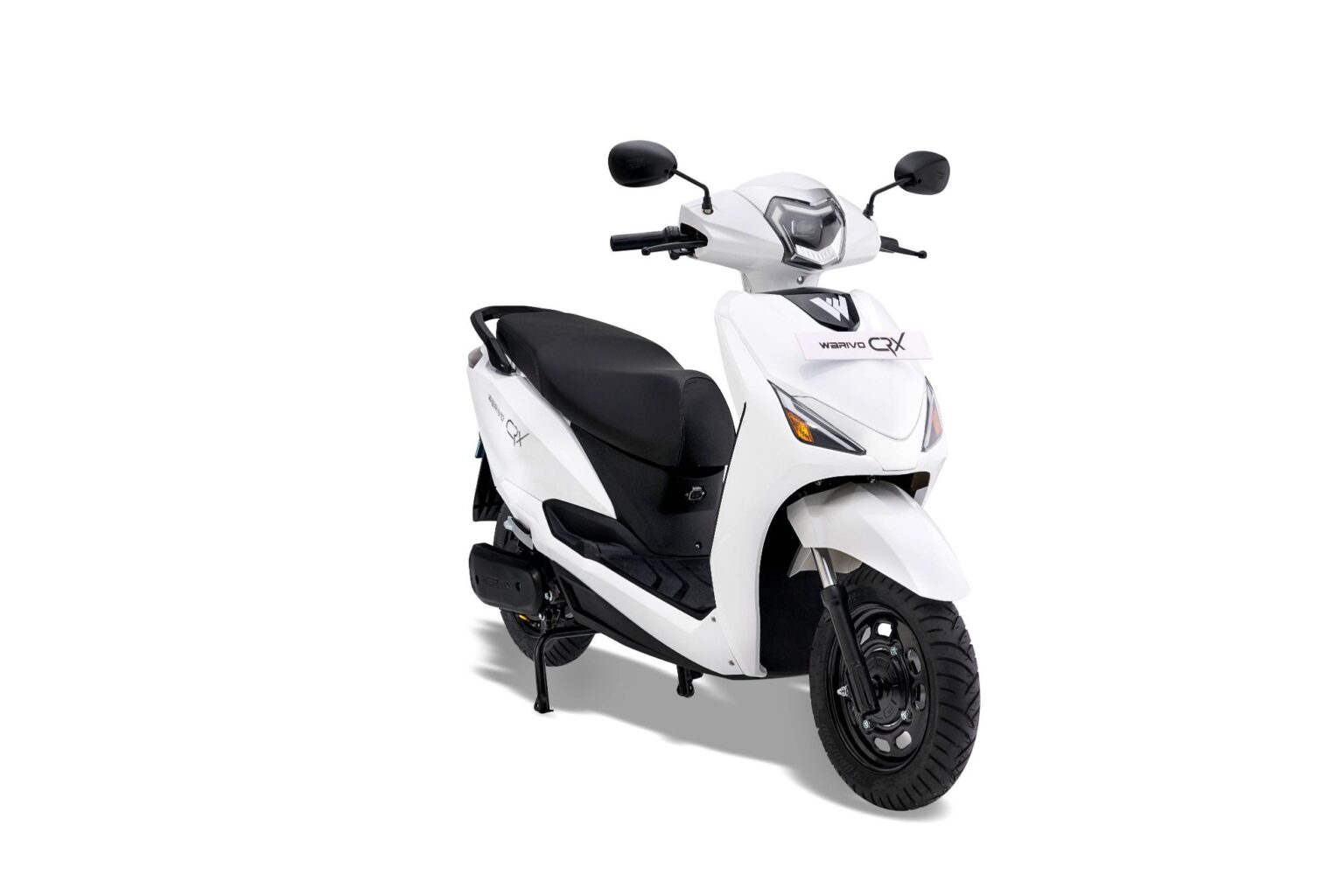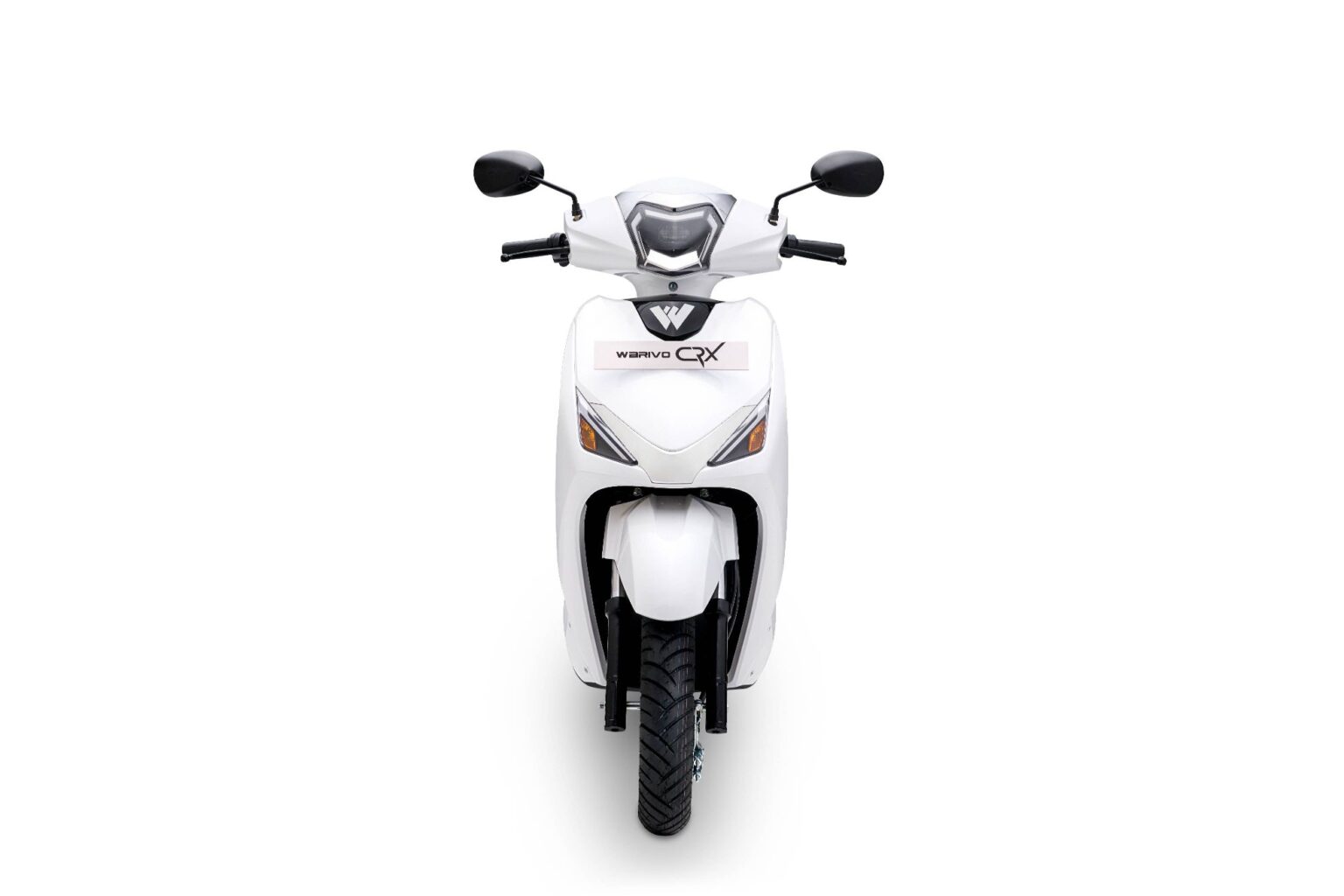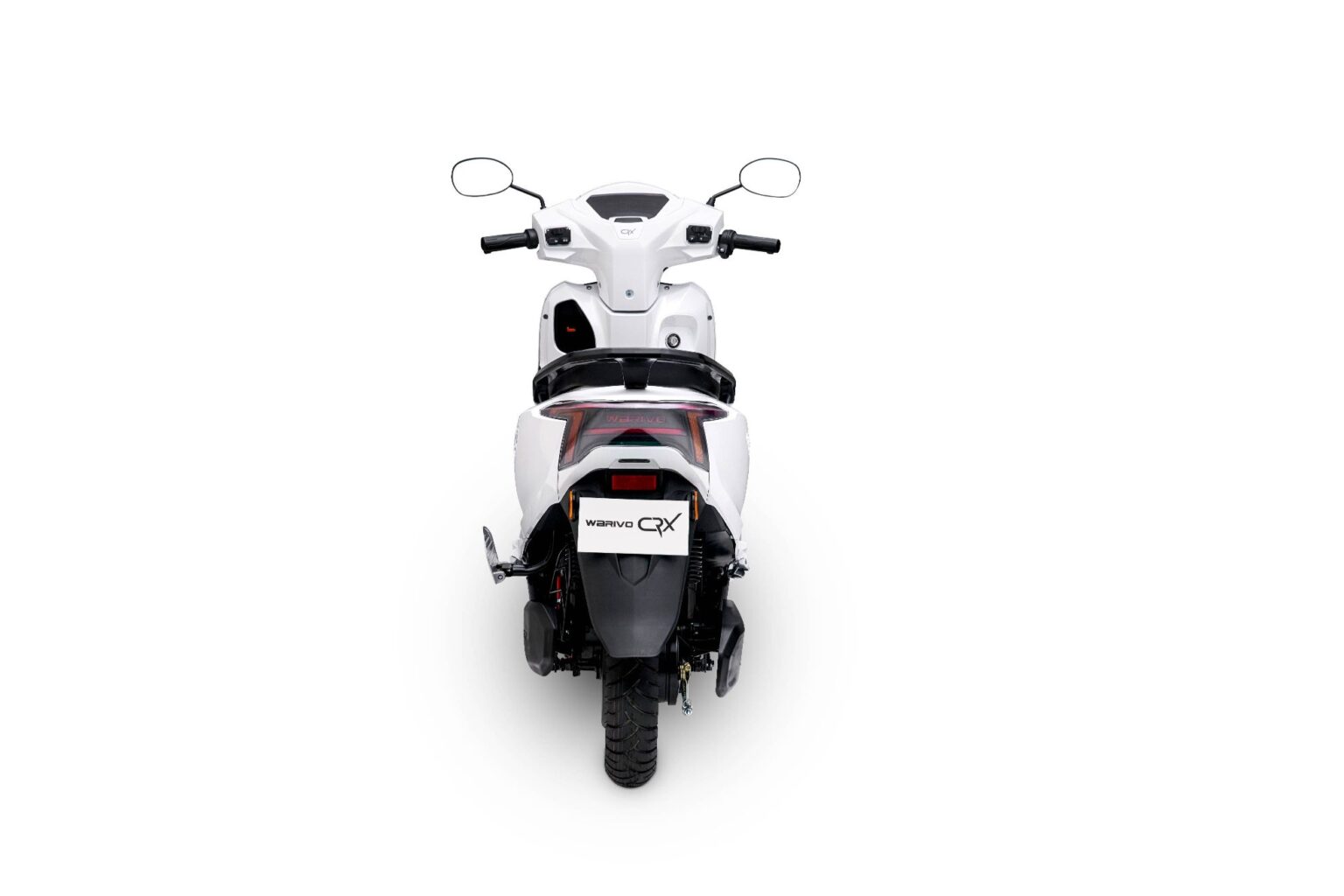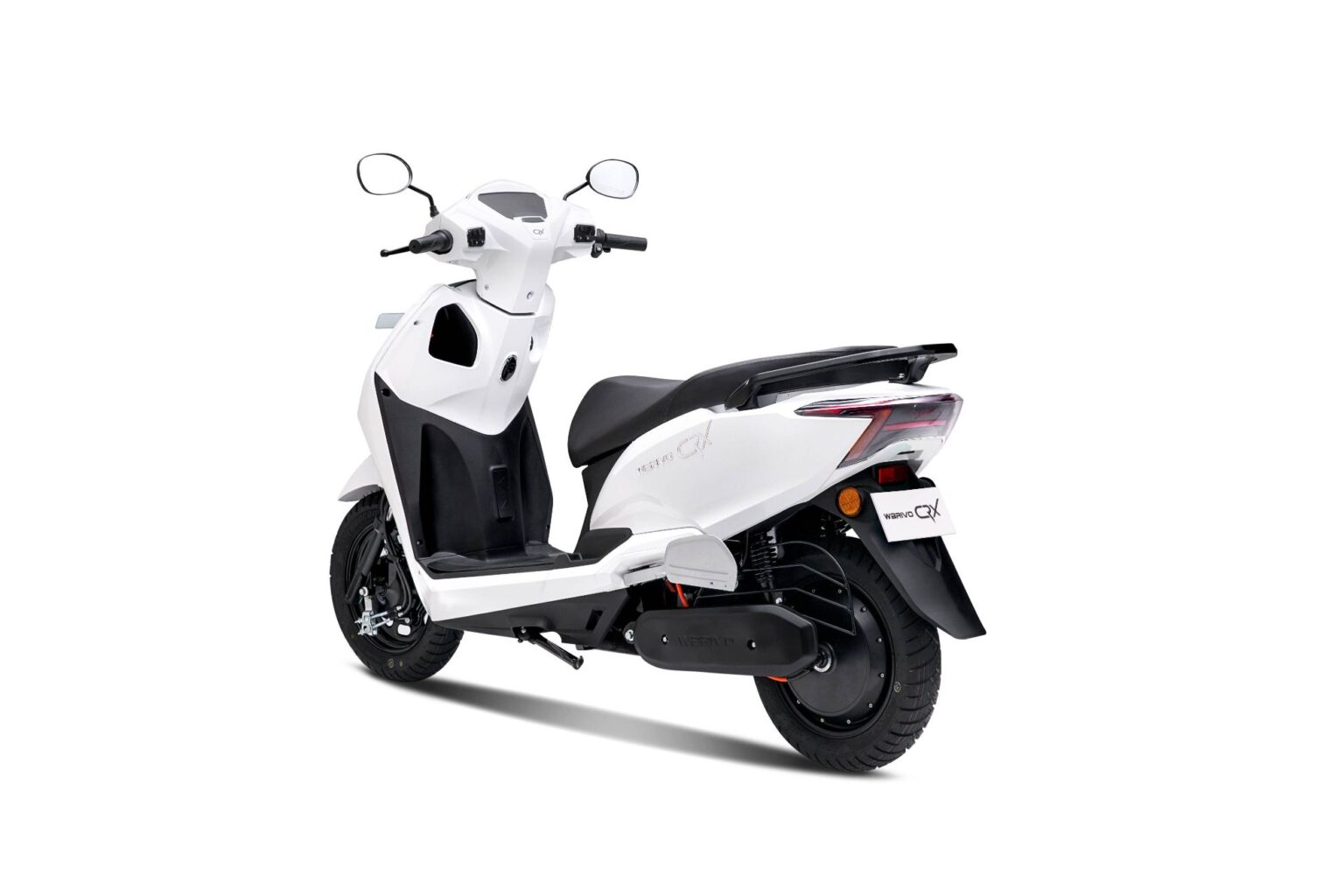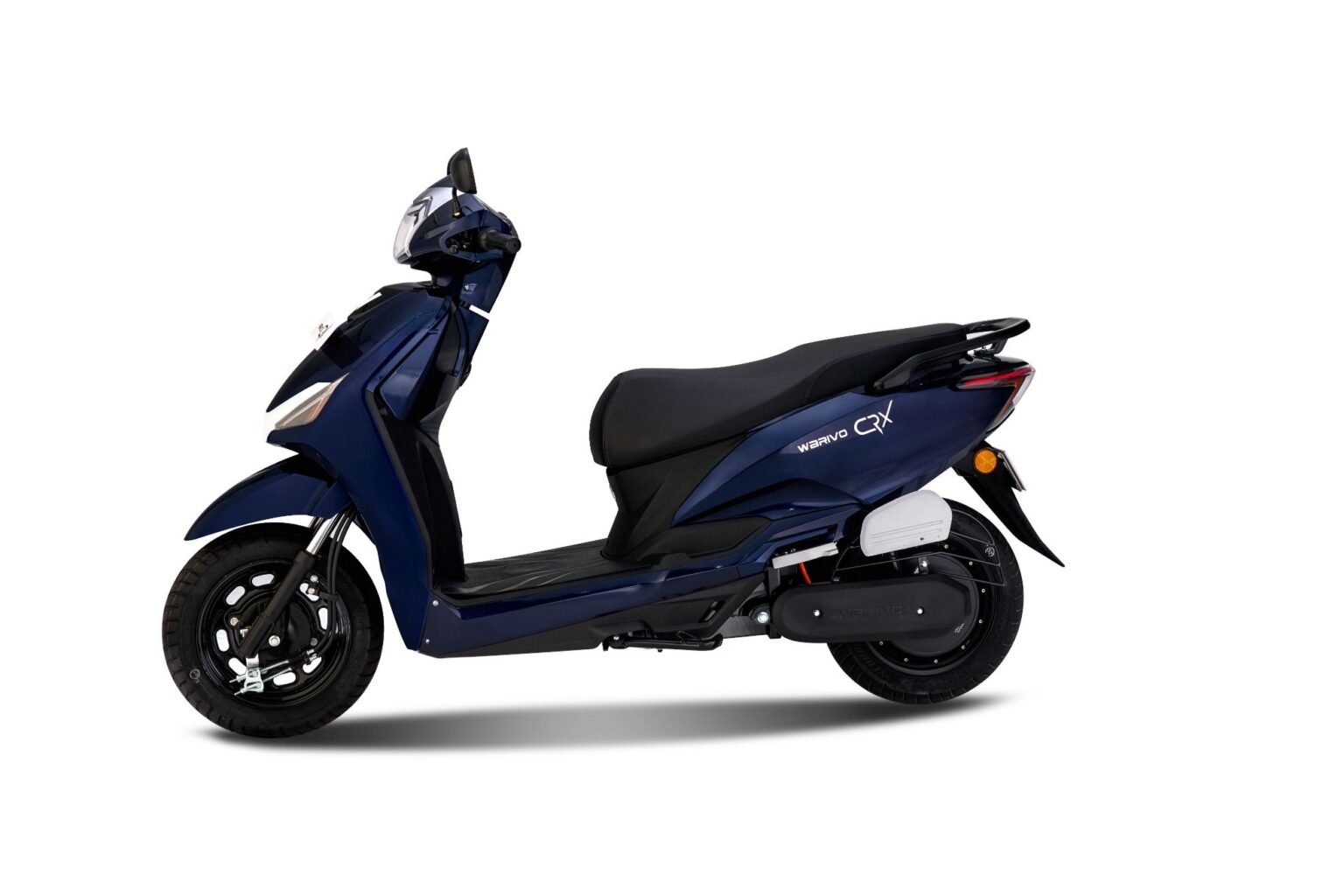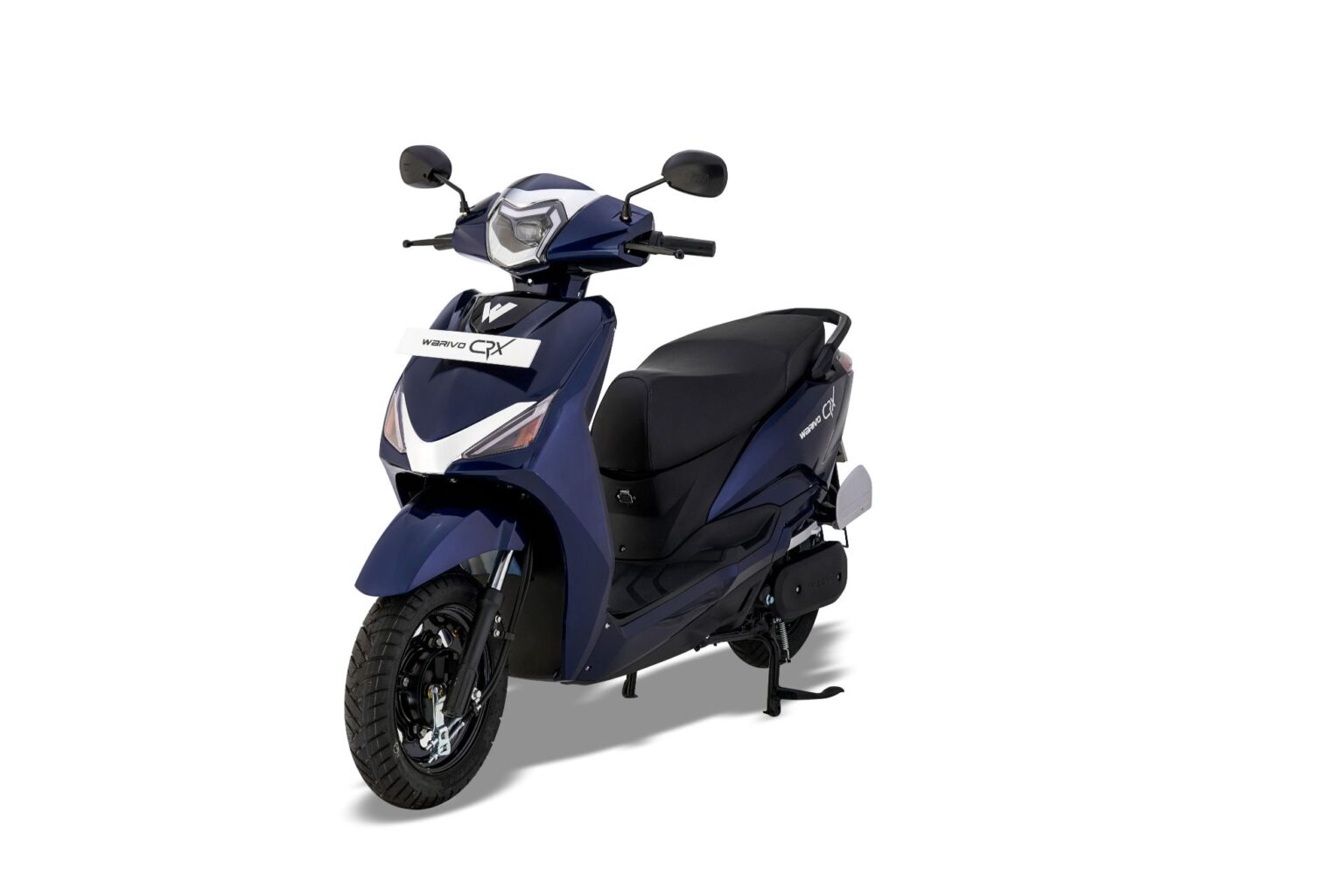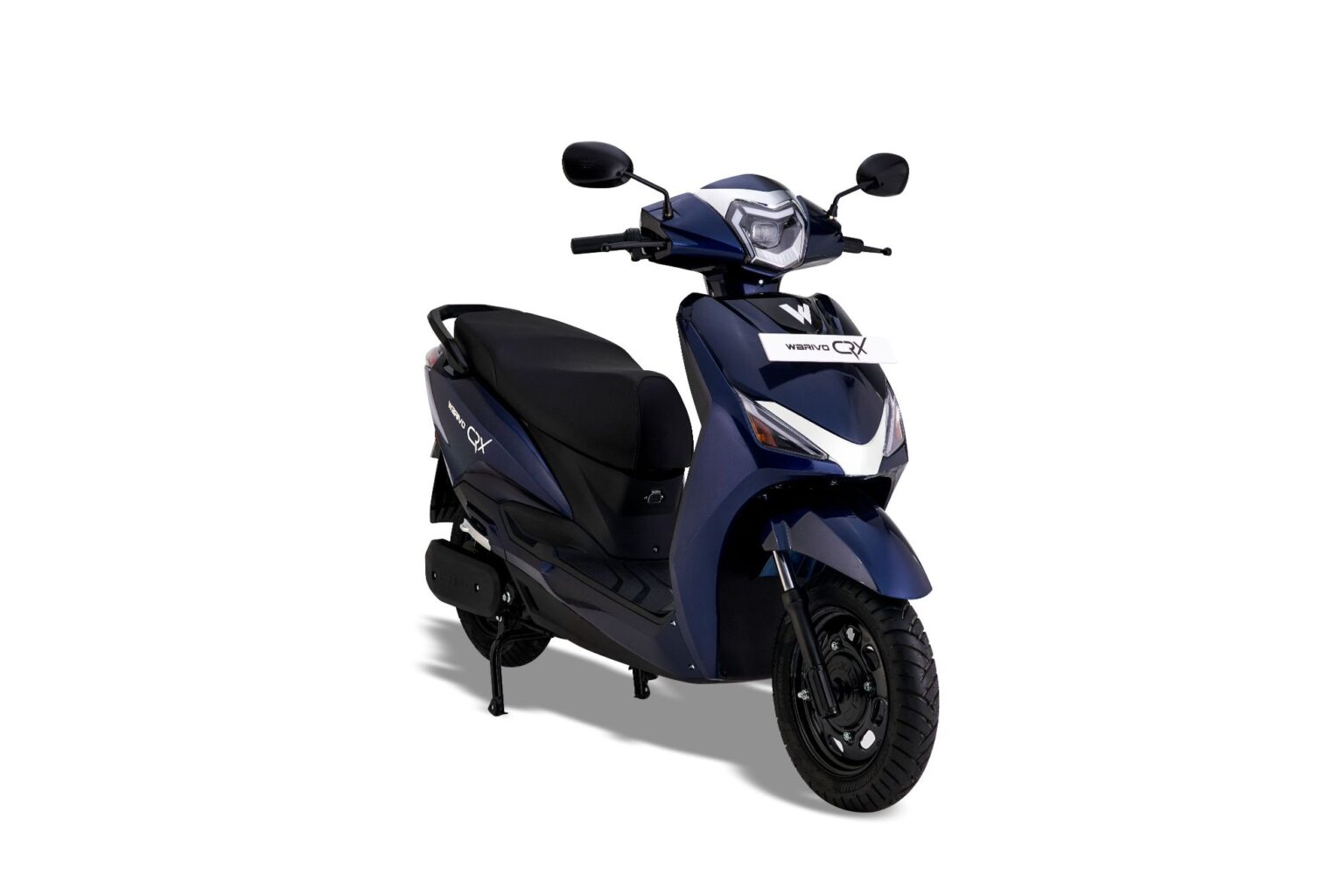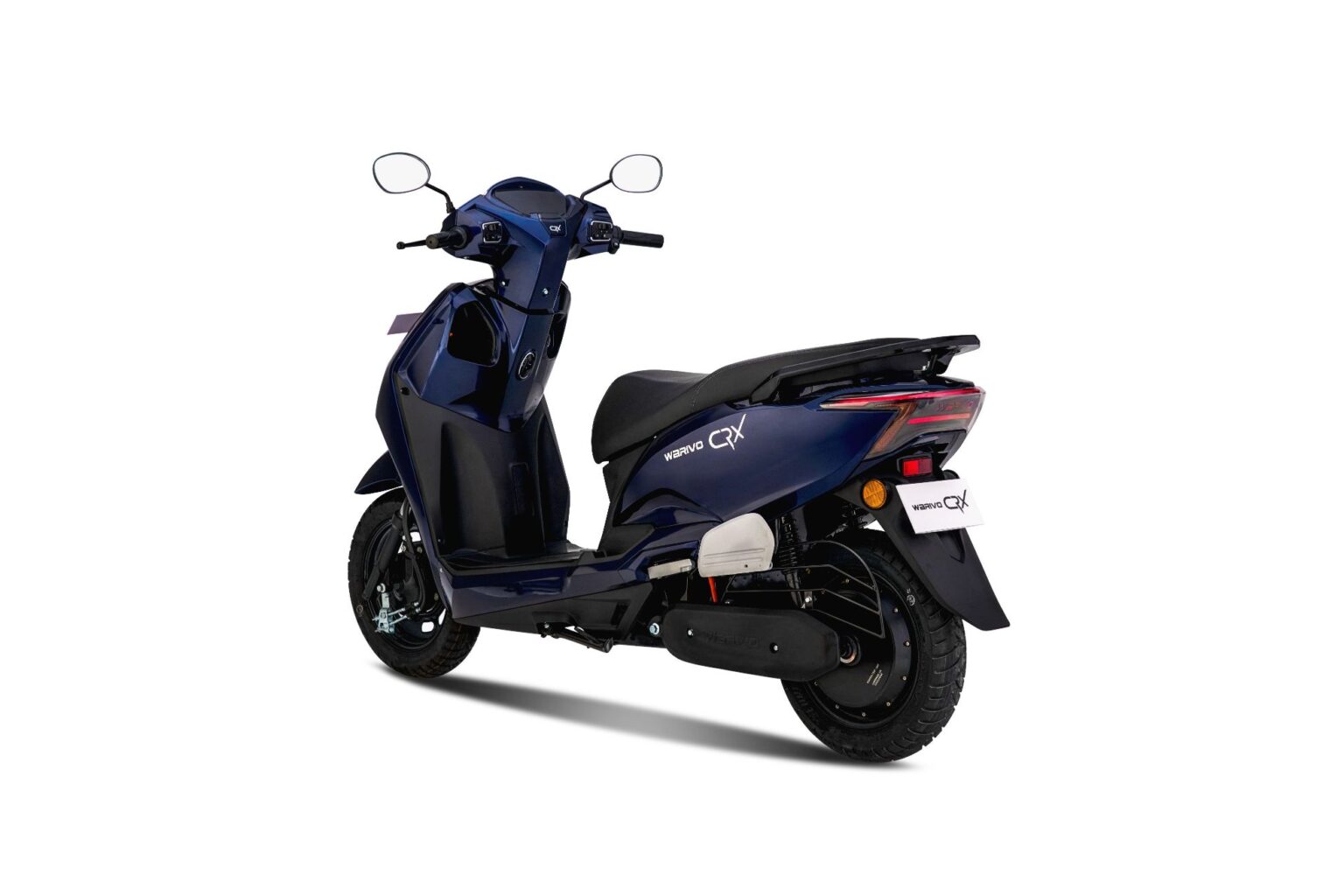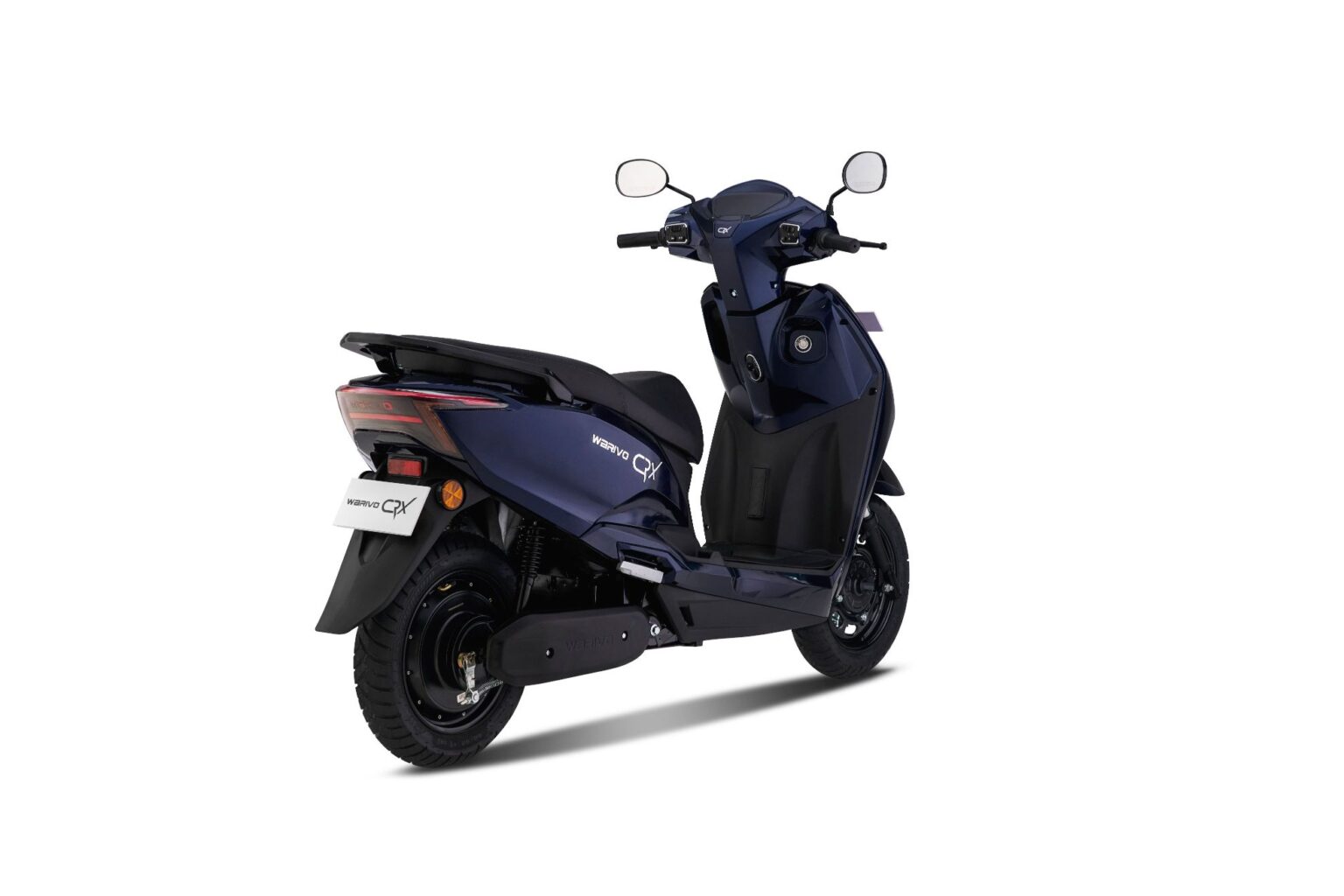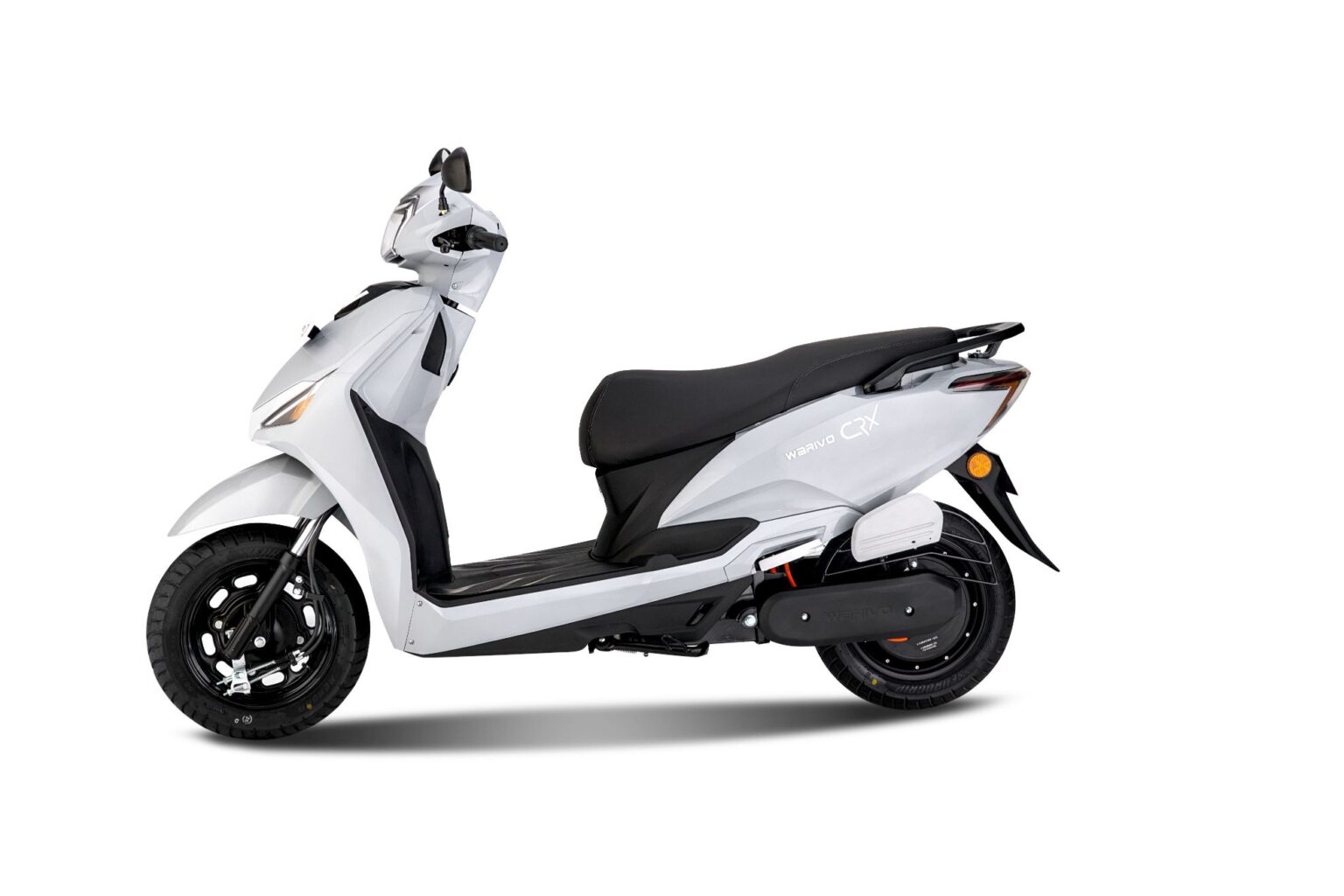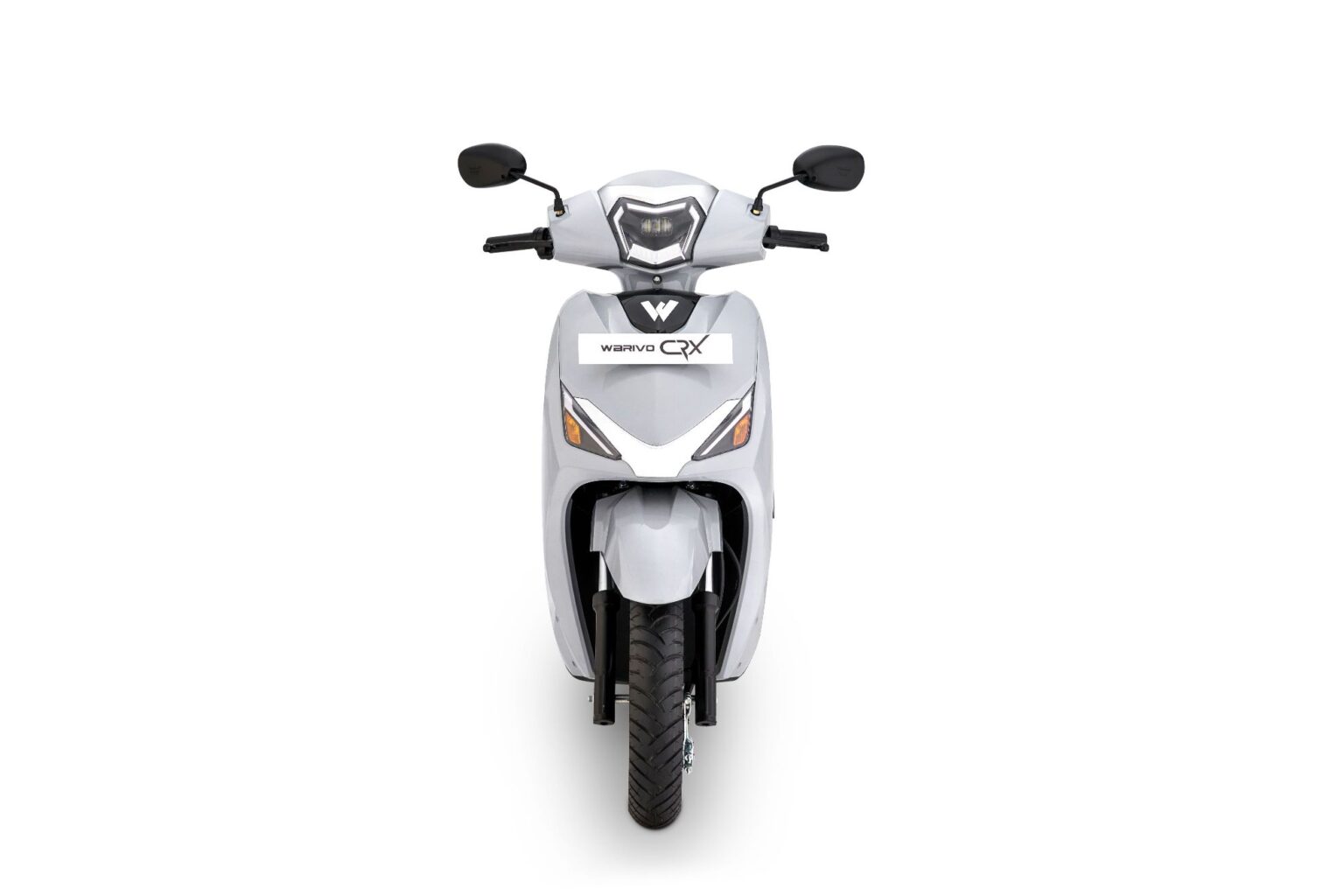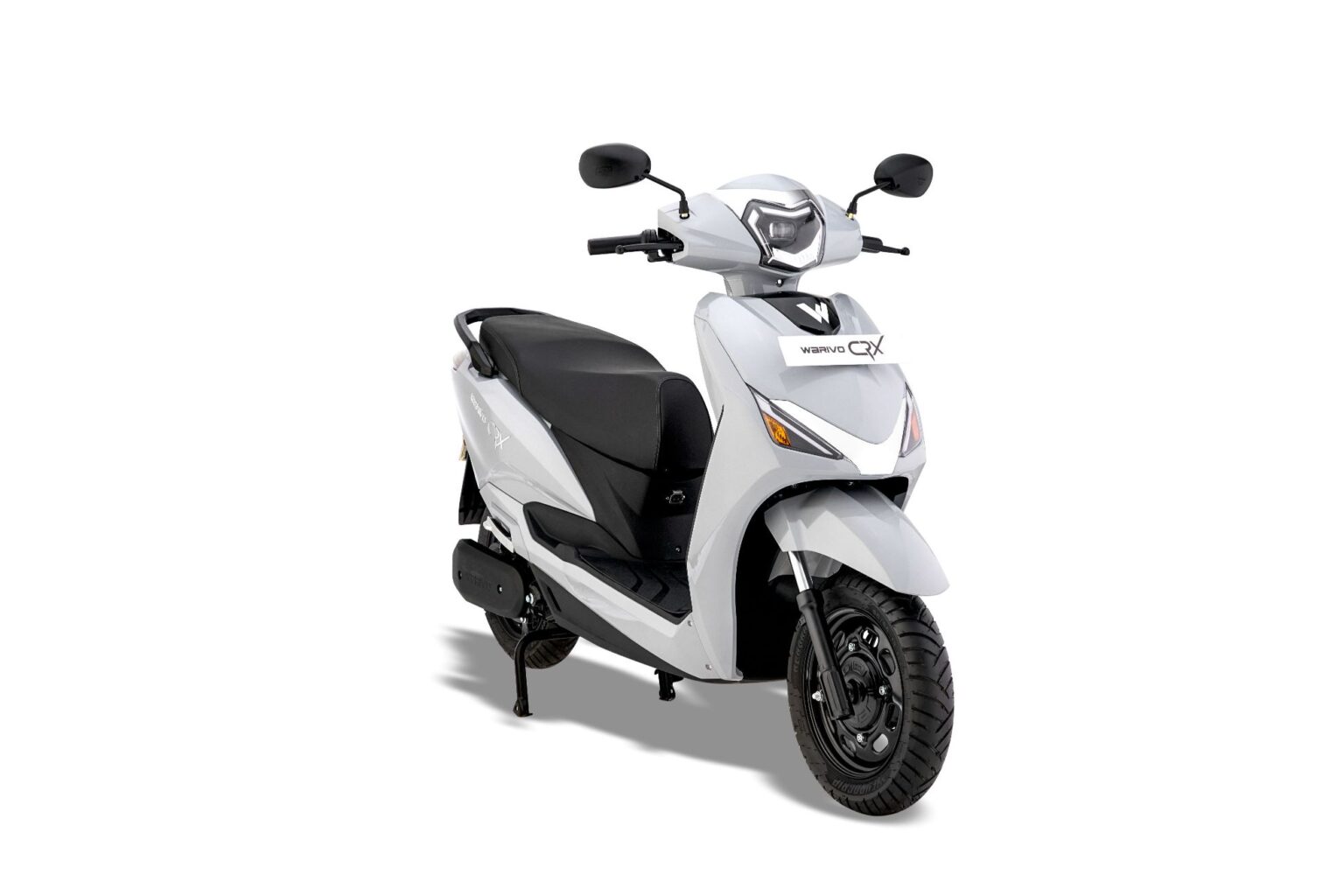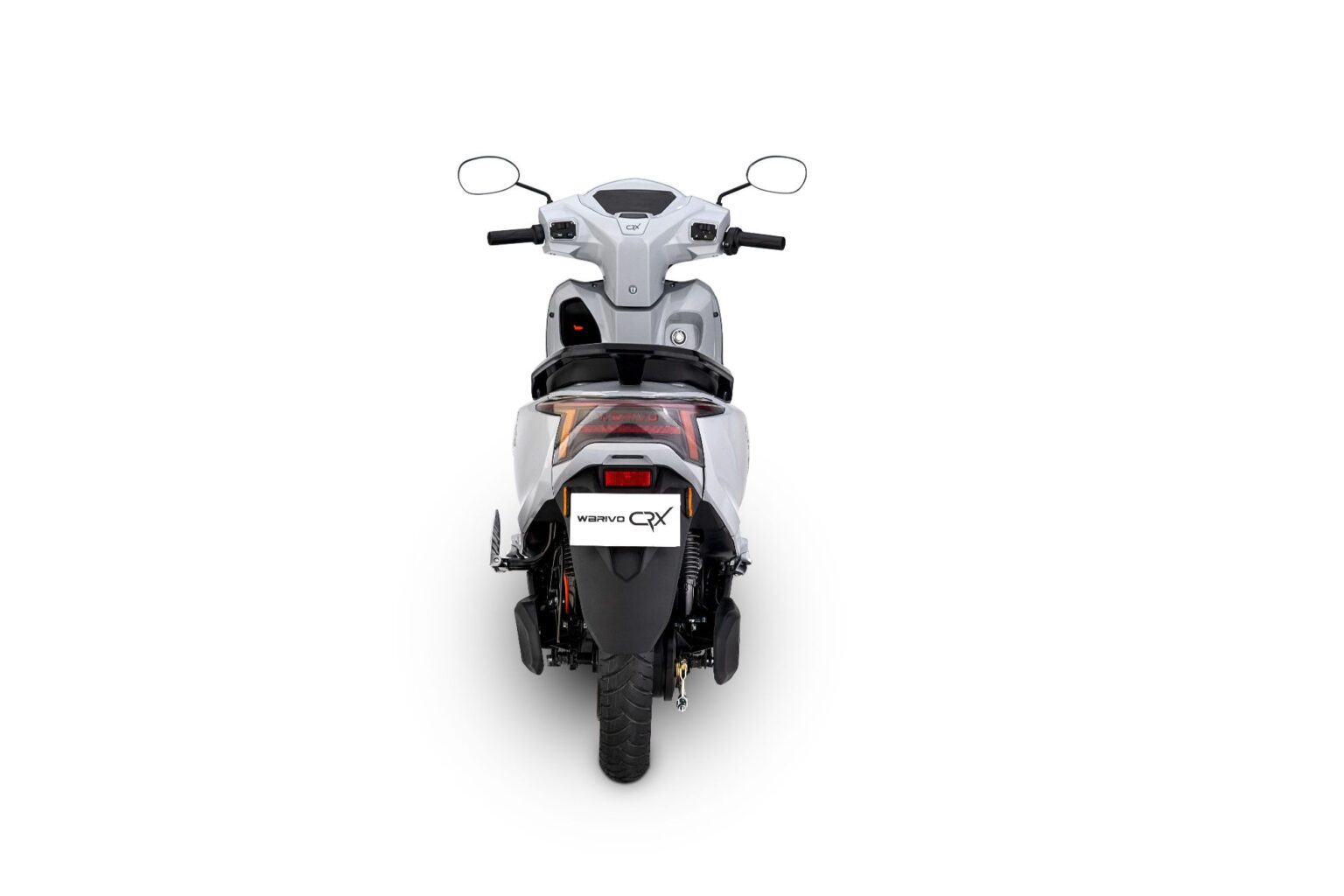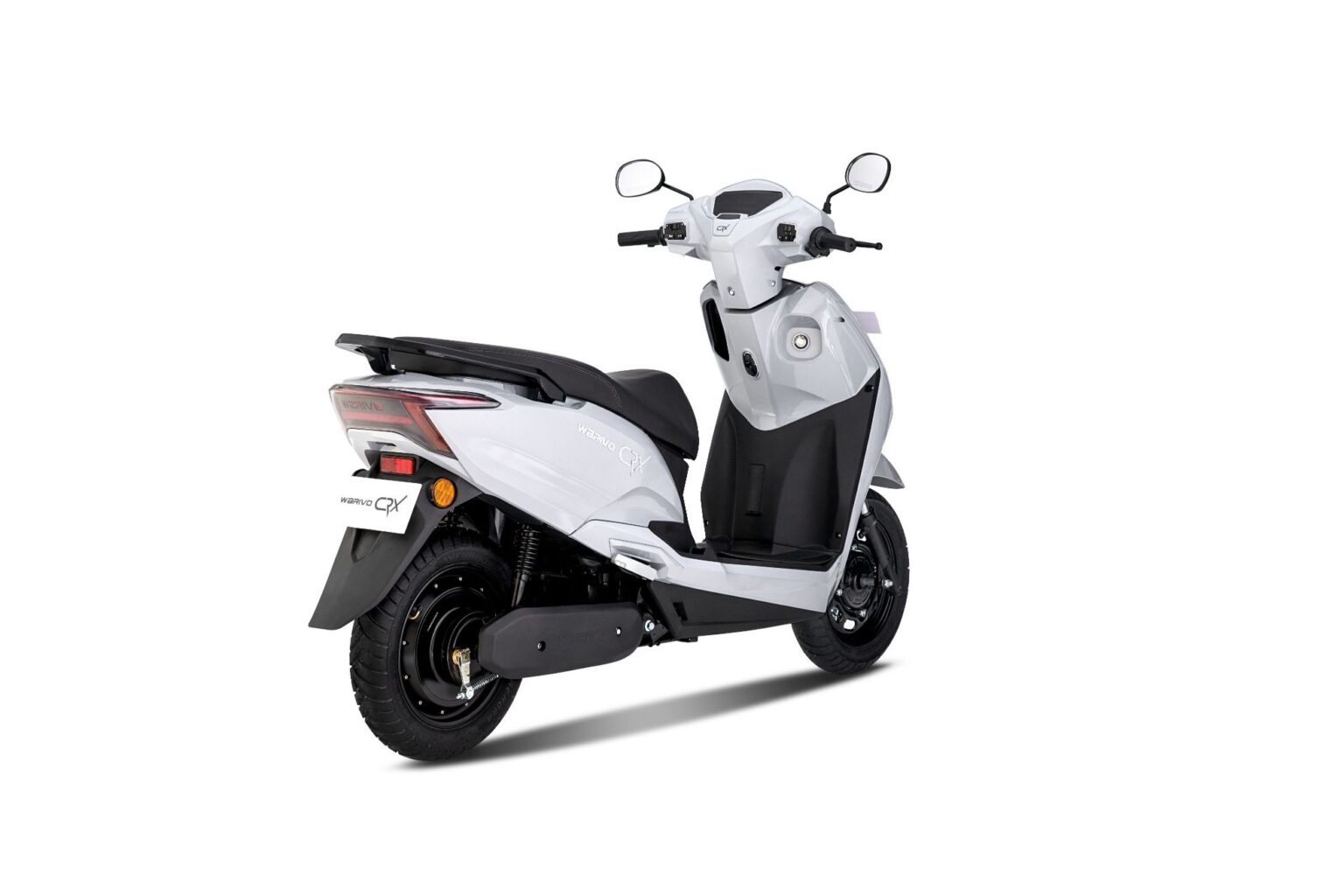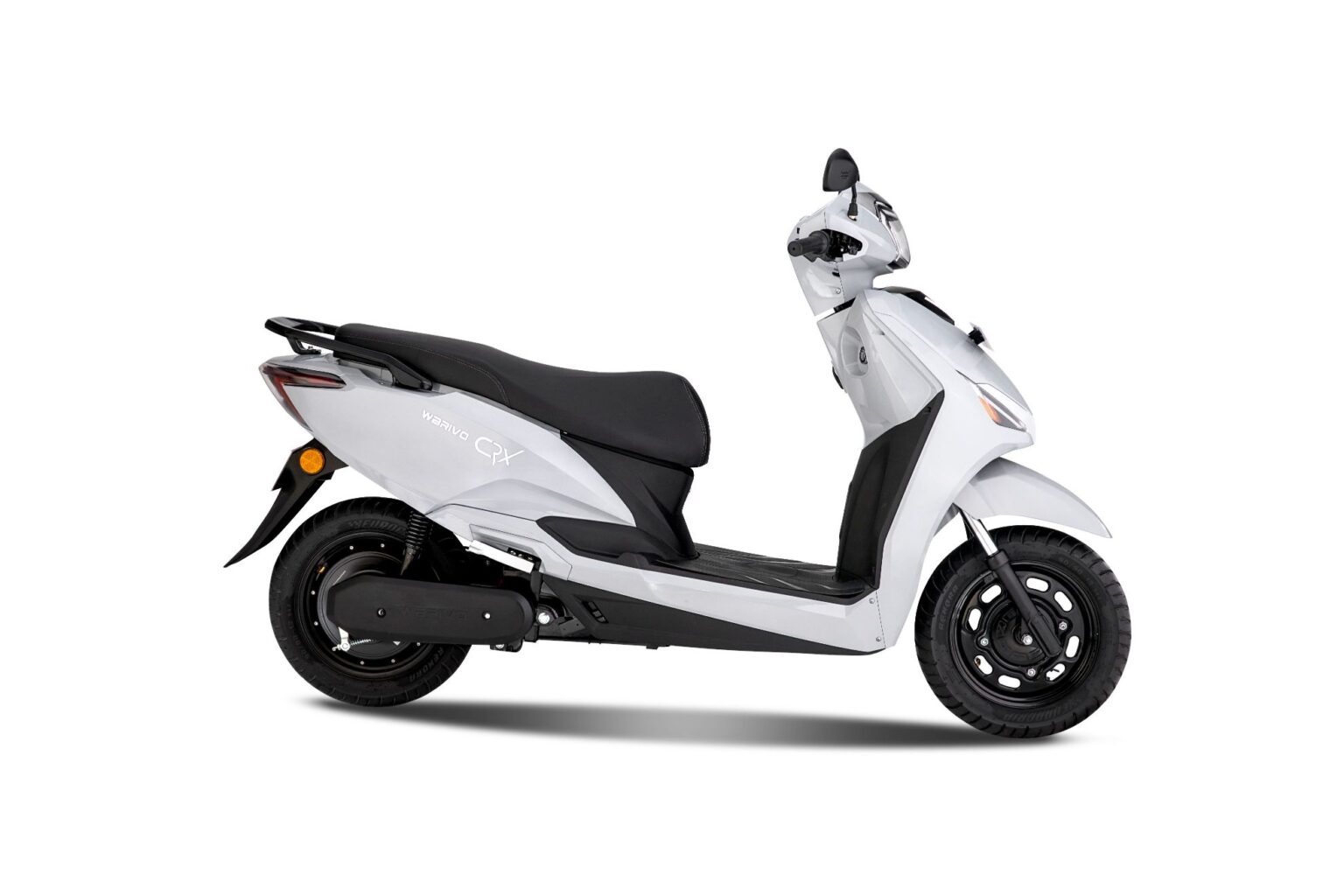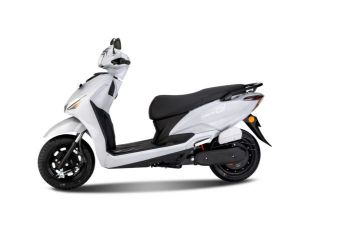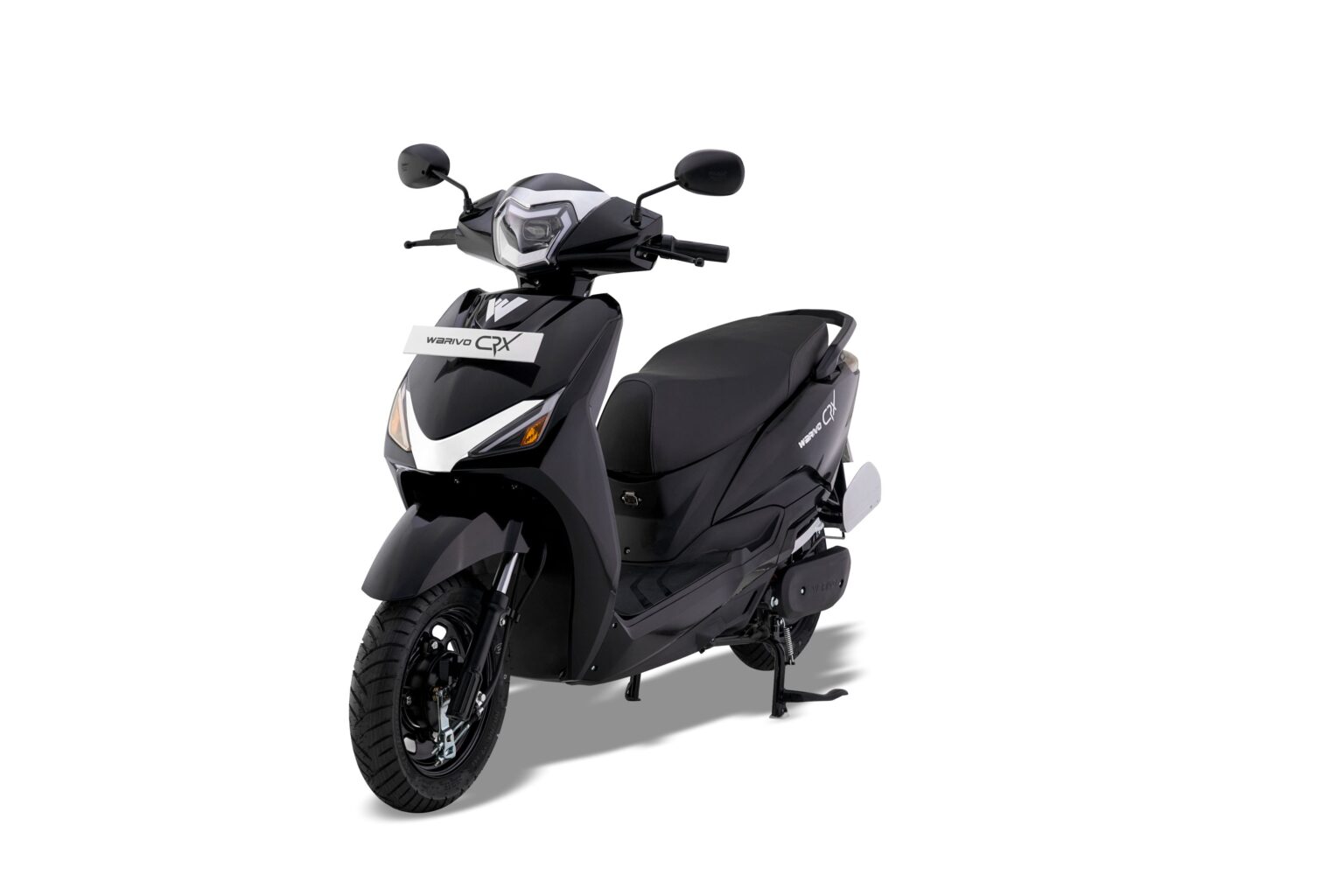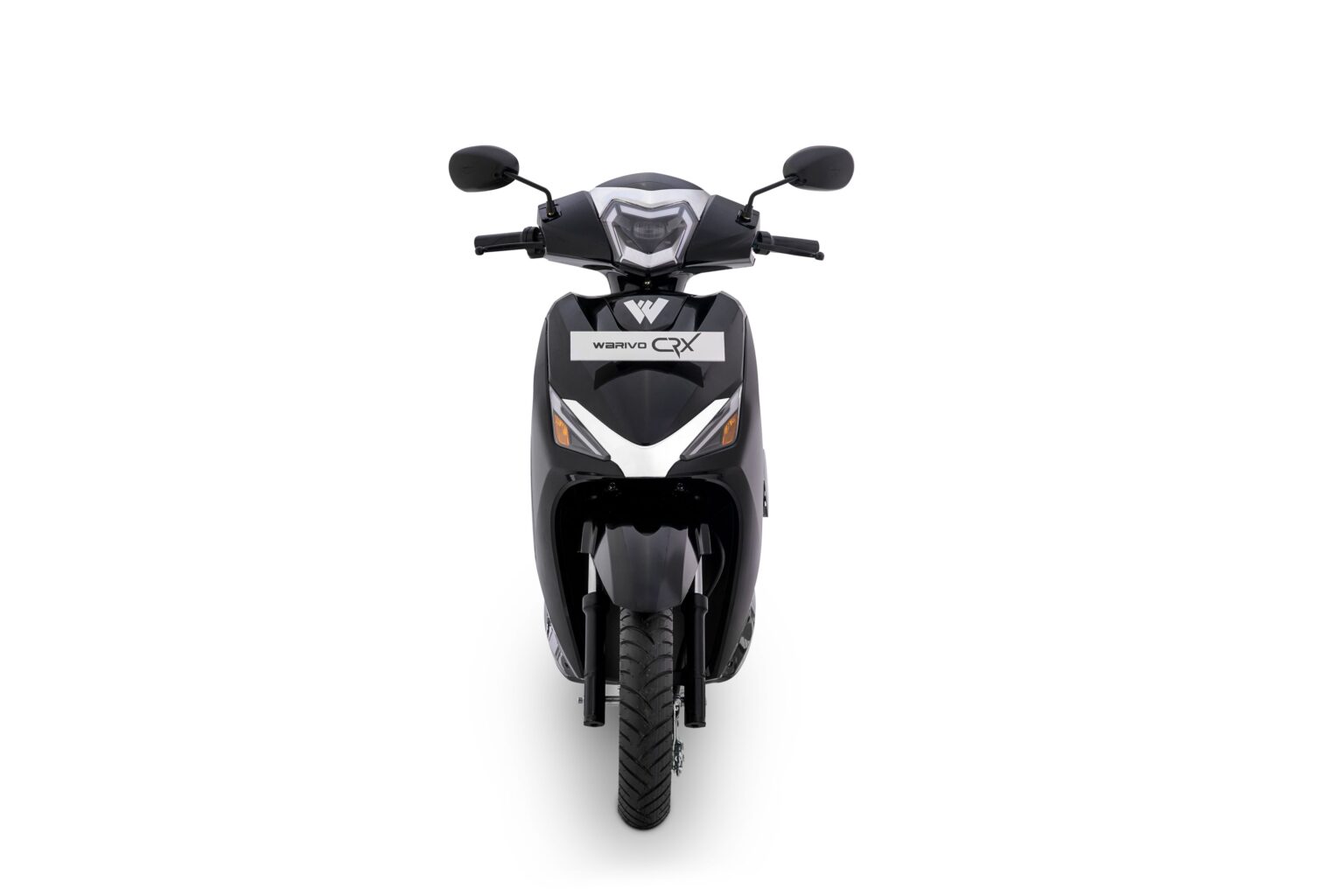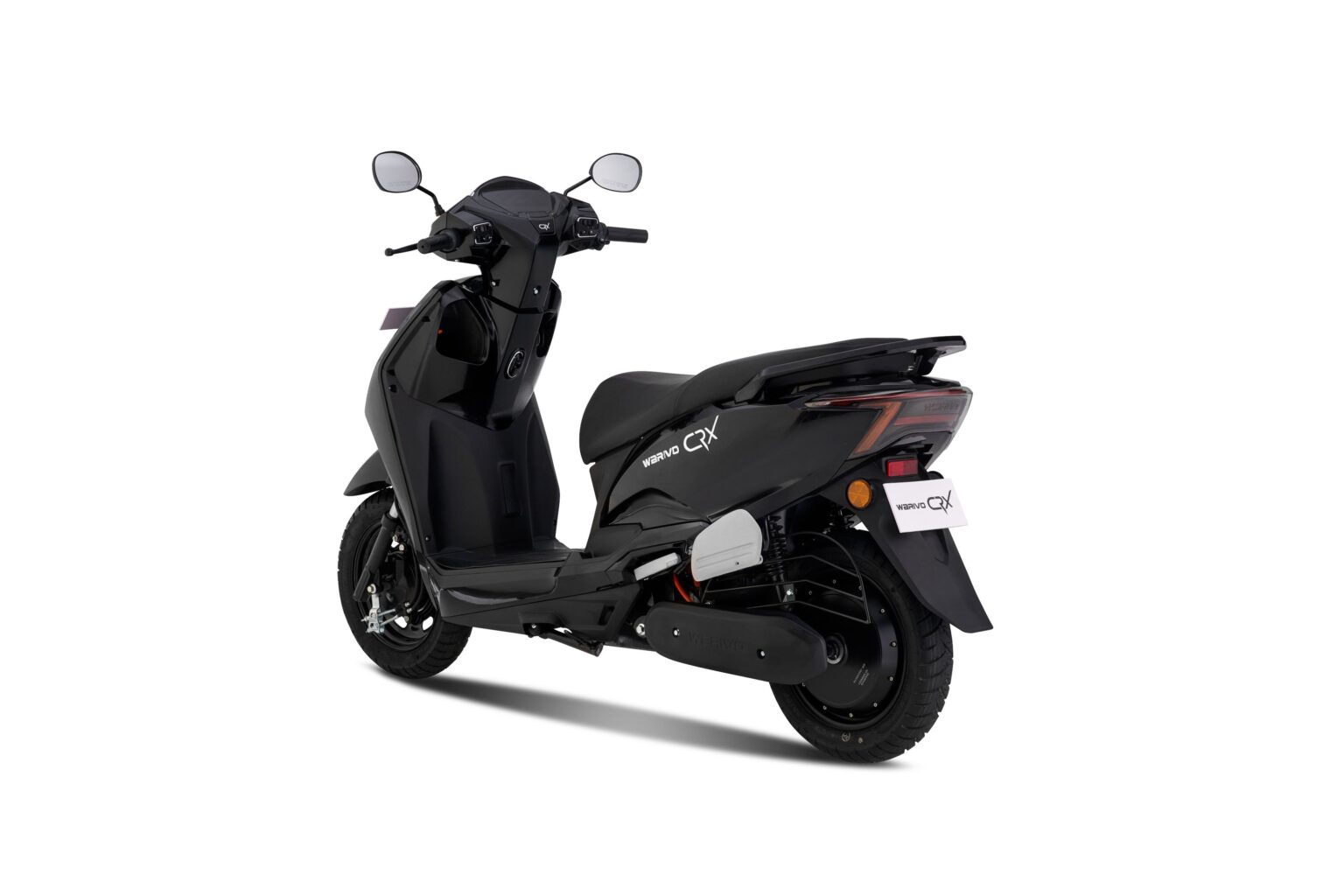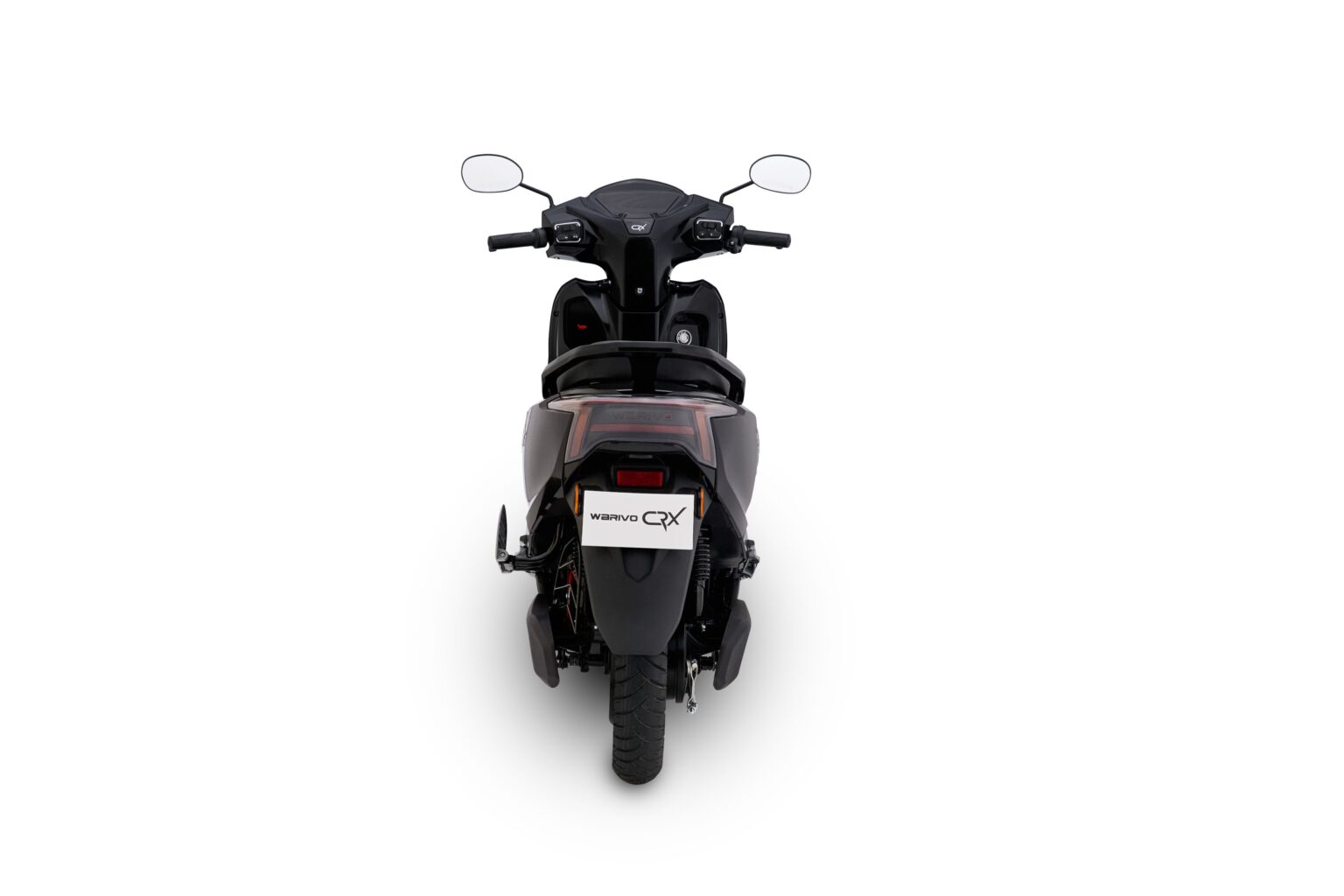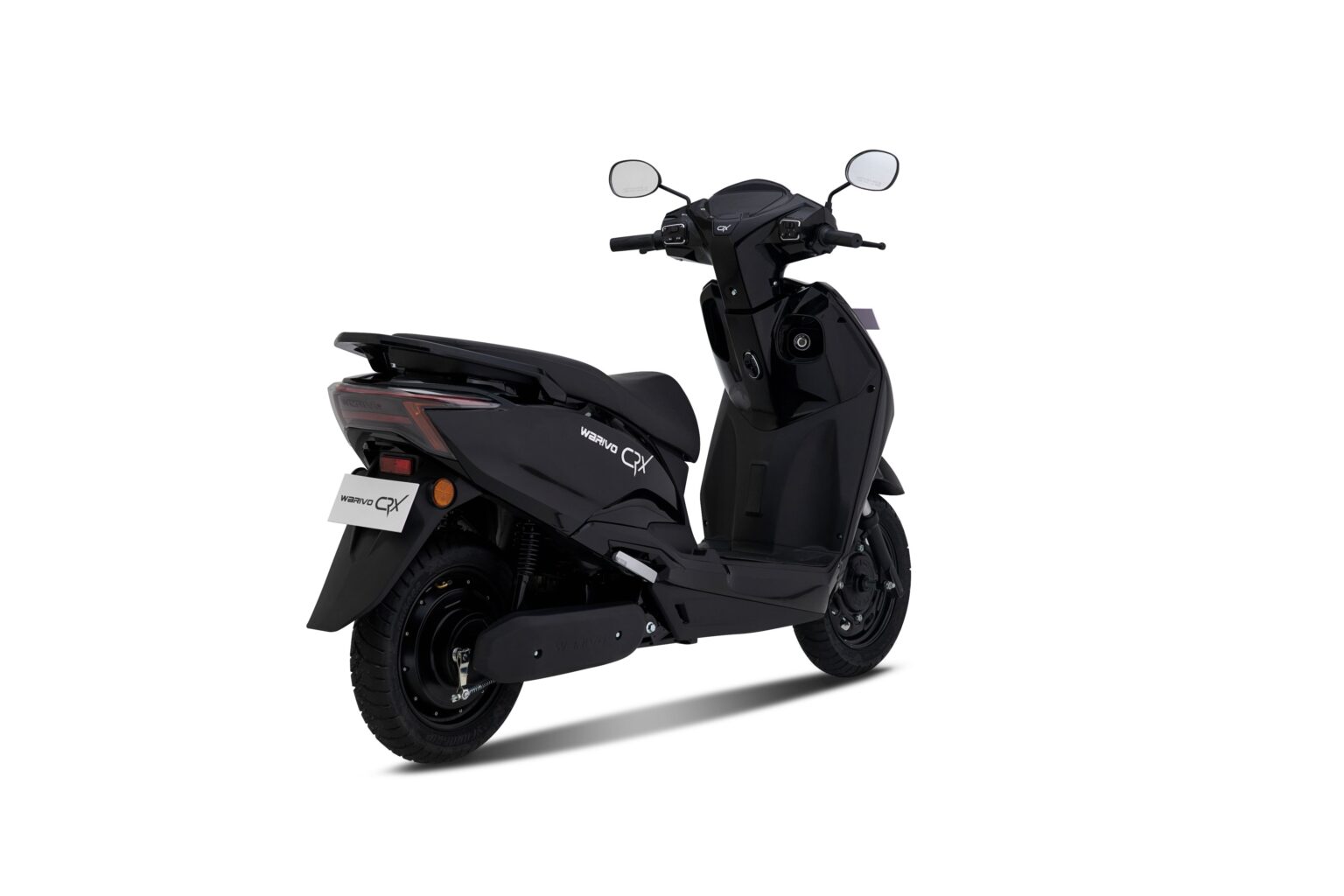India’s two-wheeler market is in the middle of one of its biggest transitions in decades. For almost 30 years, petrol scooters like the Honda Activa, TVS Jupiter, and Suzuki Access ruled Indian streets. They became synonymous with reliability and family convenience. But the last five years have completely changed public perception — thanks to rising fuel prices, better EV technology, government subsidies, and a growing awareness of environmental impact.
What once felt like a futuristic concept — an electric scooter silently zipping through traffic — is now a regular sight. College students ride them to class, office commuters use them daily, and food-delivery fleets now prefer EVs because the running cost is extremely low. So EVs are no longer just a “tech trend”… they are becoming a smart financial choice.
Yet, most buyers still have one common doubt:
“Are electric scooters really cheaper than petrol scooters in the long run, or is it just hype?”
And a second doubt follows immediately:
“There are so many new EV brands. Can I actually trust one like Warivo — or is it safer to stick to petrol models?”
To answer these questions clearly, let’s break down the comparison based on purchase cost, fuel/charging, maintenance, long-term ownership, performance, range practicality, resale, and finally — the value offered by brands like Warivo.
1. Purchase Price: Which One Seems Cheaper at First?
Petrol Scooters
A mainstream 110–125cc petrol scooter typically costs ₹70,000–₹90,000 on-road depending on the city and brand. This makes petrol scooters look more affordable initially, especially for buyers who are budget-conscious or are paying via monthly EMIs.
Electric Scooters
A good-quality electric scooter — one with a lithium-ion battery, useful features, and a decent real-world range — costs ₹95,000–₹1.30 lakh after EV subsidies. That looks expensive at first glance, and this is where most buyers stop comparing.
But the upfront price tells only half the story.
The real difference starts after you begin riding the scooter every day.
EVs cost more initially because the lithium-ion battery alone makes up 30–40% of the scooter’s manufacturing cost.But that same battery later becomes the reason you save tens of thousands on fuel.
Most EV users recover the extra upfront cost within 24–36 months — after that, every month is
pure savings.
2. Running Cost: Petrol vs Electricity (Actual Cost Per
KM)
This is where the difference becomes shocking for most first-time buyers.
Petrol Scooter
- Mileage: 45–50 km per litre
- Petrol price: ₹98–₹110 per litre (and rarely decreases)
- Running cost: ₹2.00 – ₹2.40 per km
If you travel 30 km per day, your fuel expense looks like this:
30 km × 30 days × ₹2.2 ≈ ₹1,980/mont
≈ ₹24,000 per year on petrol
Electric Scooter
- Electricity rate: ₹6–₹8 per unit
- One full charge costs ₹12–₹18
- Real-world range: 70–120 km per charge
- Running cost: ₹0.15 – ₹0.30 per km
Same 30 km/day usage gives:
30 km × 30 days × ₹0.25 ≈ ₹225/month
≈ ₹2,700 per year
- Monthly savings: ₹1,500–₹1,800
- Yearly savings: ₹18,000–₹22,000
- 5-year savings (fuel alone): ₹90,000–₹1,10,000
Even if petrol prices stay at today’s level (very unlikely), EVs still win by a massive gap.
3. Maintenance Cost: The Hidden Expense People Forget
Petrol scooters have multiple moving parts. Engines produce heat, friction, vibration — which means they age, wear out, and need regular servicing.
Petrol Scooter Maintenance
● Engine oil every 2,000–3,000 km
● Air filter, spark plugs, clutch belt, gearbox oil
● Carburetor or injector cleaning
● Exhaust carbon cleanup
● Occasional part failure due to heat/vibration
Yearly average: ₹4,000–₹6,000
5-year cost: ₹25,000 or more
Electric Scooter Maintenance
● No engine, no clutch, no carburetor, no exhaust
● Just tyres, brakes, basic lubrication, and software updates
Yearly average: ₹800–₹2,000
5-year cost: ₹10,000 or less
Maintenance savings over 5 years: ₹15,000–₹20,000
4. 5-Year Total Ownership Cost (Real Example)
| Expense Type | Petrol Scooter | Warivo Electric Scooter |
|---|---|---|
| On-Road Price | ₹85,000 | ₹1,10,000 (after subsidy) |
| Fuel/Charging (5 yrs) | ₹1,00,000 | ₹15,000 |
| Maintenance (5 yrs) | ₹25,000 | ₹10,000 |
| Insurance & Misc. | ₹15,000 | ₹10,000 |
| Total 5-Year Cost | ₹2,25,000 | ₹1,45,000 |
| Savings with Warivo | – | ✅ ₹80,000 saved |
So even though the EV costs more on Day 1, it still saves ₹70,000–₹1,00,000 over 5 years, depending on usage.
5. Ride Quality & Performance
| Feature | Petrol Scooter | Electric Scooter |
|---|---|---|
| Pickup/Acceleration | Gradual | Instant torque |
| Engine Sound | Audible | Silent |
| Vibration | Noticeable | None |
| Heat | High engine heat | No heat, no exhaust |
| Gears/Clutch | Yes | Fully automatic |
| Features | Basic analog console | Digital display, app, reverse, etc. |
Electric scooters offer a smoother, cleaner experience:
● No engine noise
● No vibration on hands/legs
● No hot exhaust near your feet
● Easy for seniors, women, teenagers, and beginners
The first ride often surprises people — you twist the throttle and it moves instantly, with no
lag.
6. Range & Charging vs Filling Petrol
This is the only area where petrol scooters still seem more convenient.
● Petrol scooter: 150+ km per tank, refuel in 2 minutes
● EV: 70–150 km per charge, charging takes 3–5 hours
But real usage patterns tell a different story:
● 90% of daily two-wheeler trips in India are under 35 km
● Most users travel to office, market, tuition, school, metro, or delivery zones
● Charging is done overnight at home — just like charging a phone
So for 95% of urban users, range anxiety disappears after 2–3 weeks of ownership.
7. What About Battery Life & Replacement Cost?
A lithium-ion battery typically lasts 4–6 years or 800–1,000 charge cycles.
Replacement cost today: ₹18,000–₹28,000 depending on size
By 2027–28, battery prices are expected to drop by 30–40% due to mass production.
Even if you replace the battery after 5 years, you still save money compared to petrol —
because the fuel savings alone already exceed the battery cost.
8. Resale Value: EV vs Petrol
Petrol scooters lose 35–45% of their value in 4 years because of rising BS emission norms,
higher fuel prices, and engine aging.
EV resale value is rising because:
● People want used EVs to avoid high upfront cost
● Battery condition can now be tested digitally
● Running cost stays extremely low even when resale
Brands with India-manufactured parts and service networks, like Warivo, hold resale better than
made-in-China quick-launch brands.
9. Where Warivo Fits in the EV Market
If electric scooters are already the smarter financial choice, the next question is: what makes
Warivo worth considering?
Here’s why Warivo is gaining trust:
- Designed for Indian Roads
Higher ground clearance, metal chassis, reinforced suspension, IP-rated battery protection. - Lowest Running Cost (₹0.20–₹0.25/km)
Meaning:
● 1,000 km = ₹2,000 saved vs petrol
● 1 year = ₹20,000 saved
● 5 years = ₹1,00,000 saved - Smart Features Not Found in Petrol Scooters
Digital console, reverse assist, anti-theft, keyless start, mobile charging, app alerts, side-stand
safety cutoff, etc. - Low Maintenance Design
No chain, no engine oil, no carburetor, no belt wear, no overheating. - Made-in-India Focus
Better spare parts availability, faster warranty response, service reach. - Works Without Any Lifestyle Change
Charge at home, no need for public chargers, no waiting in petrol queues. - Govt Subsidies Reduce Final Price
FAME-II + state subsidy reduces cost by ₹15,000–₹25,000, shrinking the gap vs petrol scooters.
10. Final Verdict: Who Really Wins?
Petrol scooters are cheaper when buying — but expensive every month for the rest of ownership.
If your daily usage is under 50 km, an EV gives you:
Electric scooters cost more upfront — but save massive money every single month.
● 70–90% lower running cost
● 50–70% lower maintenance cost
● Silent, smooth, vibration-free ride
● Smart digital features instead of analog meters
And when you choose an EV brand engineered for Indian roads — like Warivo — you get
performance, serviceability, and long-term savings without compromise.
So the real question isn’t:
“Will electric scooters replace petrol someday?”
The real question already is:
“Why keep spending ₹2,000 every month on petrol… when you could travel for ₹200
instead?”
Your scooter shouldn’t just move you — it should save you money while doing it.


